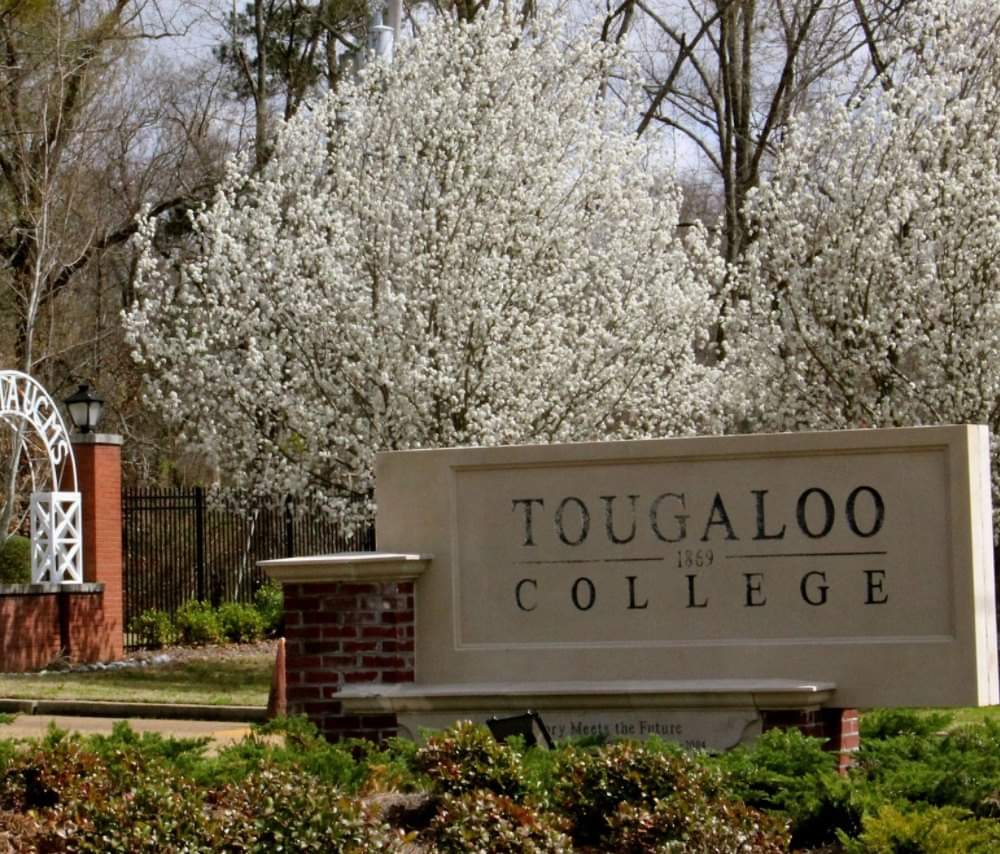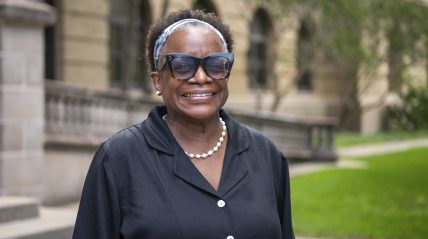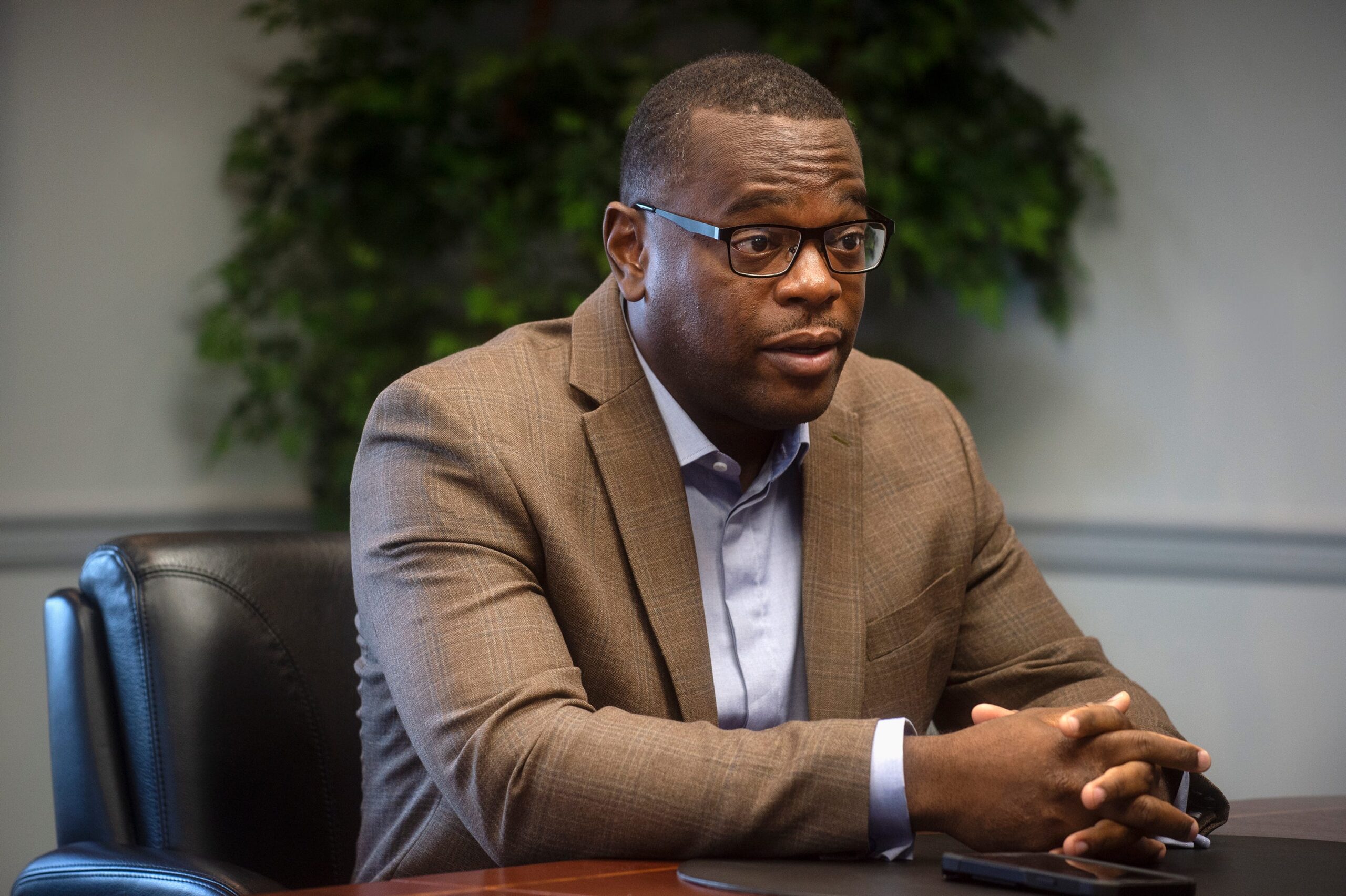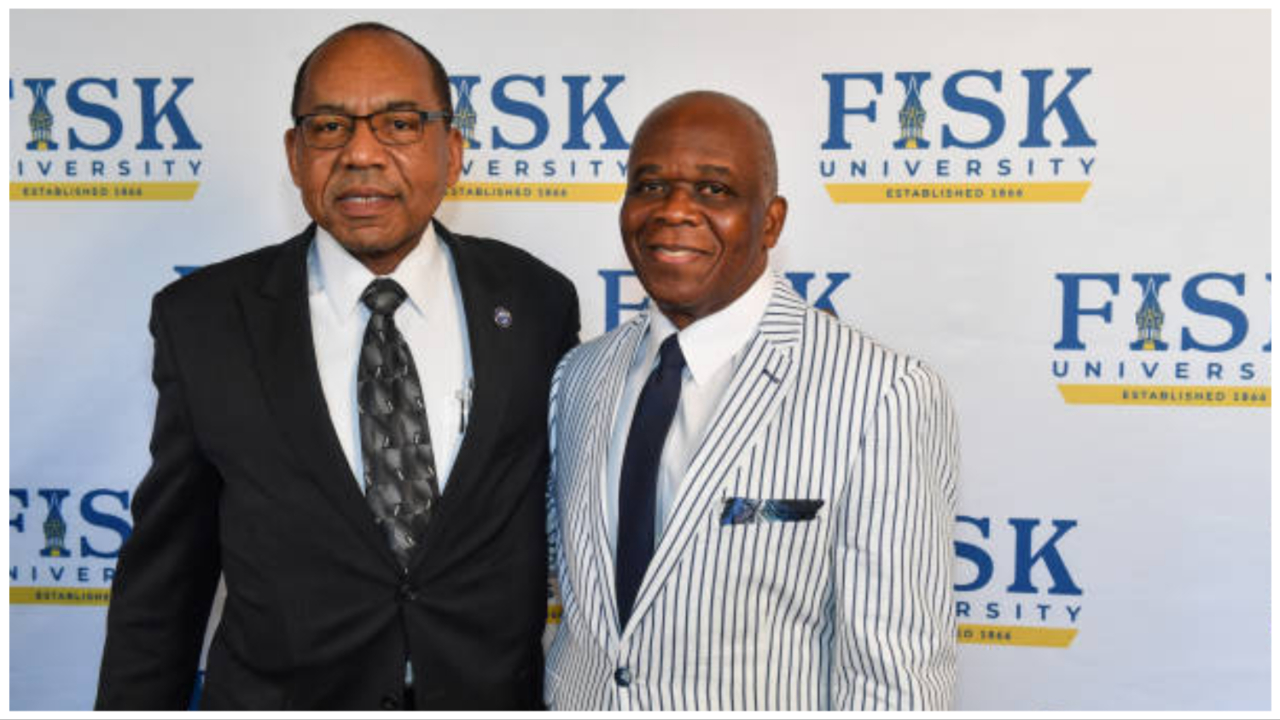At least a dozen HBCU leaders have stepped down since March, report says
The number of presidents leaving their positions as the result of resignations, retirements or terminations includes at least four women.
Leaders at historically Black colleges or universities are departing at an exceptionally high rate, with at least a dozen stepping down since March.
According to The Washington Post, the number of presidents leaving their positions at the nation’s roughly 100 HBCUs is the result of sector-wide resignations, retirements and terminations.
There also has been a broader trend of presidents at predominantly white institutions stepping down. Forbes reported that several university presidents have announced their resignation or retirement in the past month, including American University’s Sylvia Burwell, Gordon Gee at West Virginia University, Marc Tessier-Lavigne at Stanford University, and Margaret Katherine Banks of Texas A&M University.

According to The Post, Terrell Strayhorn, director of the Center for the Study of HBCUs at Virginia Union University, highlighted that since 2022, about one-fourth of the nation’s 100 presidential seats had become available.
“It’s difficult to be a university leader, and this [turnover] is sort of the new normal,” Strayhorn said. “The sheer number of vacancies at HBCUs is notable, but this trend is part of the enterprise of higher ed.”
Although the causes for these departures are as diverse as the departing executives and the institutions they oversaw, there are some similarities.
Many occurred in small, private, religiously associated universities like LeMoyne-Owen College in Memphis and Philander Smith College in Little Rock. A handful of women are among those who have left their jobs, and there have been outspoken disputes about enrollment and funding.
In April, the Mississippi Institutions of Higher Learning board of trustees unanimously voted to fire Felecia Nave, the president of Alcorn State University since 2019. The board has yet to speak about the reasons for firing Nave, but she had received requests for resignation from students and alumni due to complaints about enrollment numbers and poor communication.
The former president is one of many female HBCU presidents to leave their positions in the past year. The list also includes Carmen Walters at Tougaloo College in Mississippi, Vernell Bennett-Fairs at LeMoyne-Owen, and Lesia Crumpton-Young at Texas Southern University in Houston.
While it’s unclear why they stepped down, many had been the first women to lead their institutions and they departed in less than five years.
Although women stepping down is not a new phenomenon, their reasons for leaving still merit investigation, according to Felecia Commodore, an associate professor of higher education at Old Dominion University. She said historically Black institutions often designate more women as presidents than the rest of higher education.
“If this is a space where Black women have probably the best shot at a college presidency and they’re not lasting for more than three to five years,” Commodore said, “what message is that sending to the pipeline of aspiring Black women college presidents, particularly those who are interested in serving in the HBCU sector?”
College presidents are also under pressure to guide their institutions through the unpredictability of a post-affirmative action era, the lingering effects of the COVID-19 pandemic, and the growing politicization of higher education while competing for a student body that is getting smaller and smaller — all of which makes the job harder and shortens the tenure of some leaders.
Research by the American Council on Education revealed that college presidents who responded had been in their positions for an average of 8.5 years in 2006. The average decreased to 5.9 years in 2022.
According to research by the Center for the Study of HBCUs, the average tenure of recently departed presidents of historically Black colleges and universities is 2.1 years, less than half of the typical 4.5-year contract offered to presidents in the industry.
Commodore said brief tenures might raise concerns about an institution’s stability. However, that doesn’t seem to be the case with the recent wave of departures at HBCUs.
Elfred Anthony Pinkard resigned in June for health reasons as president of Ohio’s Wilberforce University after five years in charge but before carrying out a prepared strategic plan. In February 2022, Pinkard underwent back surgery, and he later stated that he intended to take it easier.
Pinkard said he announced his planned departure a year before his intended resignation date to give the board and the campus community time to prepare for the transition.
Before his hiring, the school’s financial situation was shaky, but since 2017, it has decreased its balance sheet obligations by 66%. As a result of Wilberforce’s failure to satisfy accreditation requirements in 2019, the Higher Learning Commission also put the school on probation; however, in 2021, the organization removed that classification.
Edward Smith-Lewis, vice president of strategic partnerships and institutional programs at the United Negro College Fund, said the demands of being president, such as fundraising and financial management, are in some ways elevated at HBCUs due to historical underfunding and constrained resources.
The Institute for Capacity Building at UNCF collaborates with governing boards at HBCUs to assist in hiring leaders and providing ongoing assistance once they assume office. Similar work is being done at Clark Atlanta University’s Executive Leadership Institute to train historically Black school leaders to manage their institutions.
The characteristics of a successful president have changed, according to HBCU leaders, particularly in the aftermath of a pandemic and enrollment challenges.
“Those systemic issues were prevalent before … and may be exacerbated now,” Smith-Lewis said. “It’s kind of virtually impossible to think about having a new leader come in, learn the history and culture of the institution, begin to fix things, and have impact all in a three-to-four-year period.”
TheGrio is FREE on your TV via Apple TV, Amazon Fire, Roku and Android TV. Also, please download theGrio mobile apps today!



